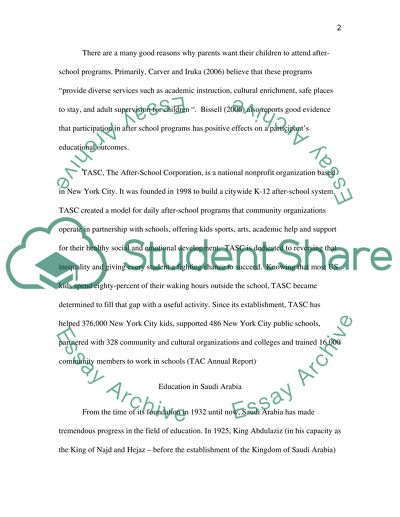Cite this document
(“Afterschool programs for kids in saudi arabia Essay”, n.d.)
Retrieved from https://studentshare.org/education/1398541-afterschool-programs-for-kids-in-saudi-arabia
Retrieved from https://studentshare.org/education/1398541-afterschool-programs-for-kids-in-saudi-arabia
(Afterschool Programs for Kids in Saudi Arabia Essay)
https://studentshare.org/education/1398541-afterschool-programs-for-kids-in-saudi-arabia.
https://studentshare.org/education/1398541-afterschool-programs-for-kids-in-saudi-arabia.
“Afterschool Programs for Kids in Saudi Arabia Essay”, n.d. https://studentshare.org/education/1398541-afterschool-programs-for-kids-in-saudi-arabia.


